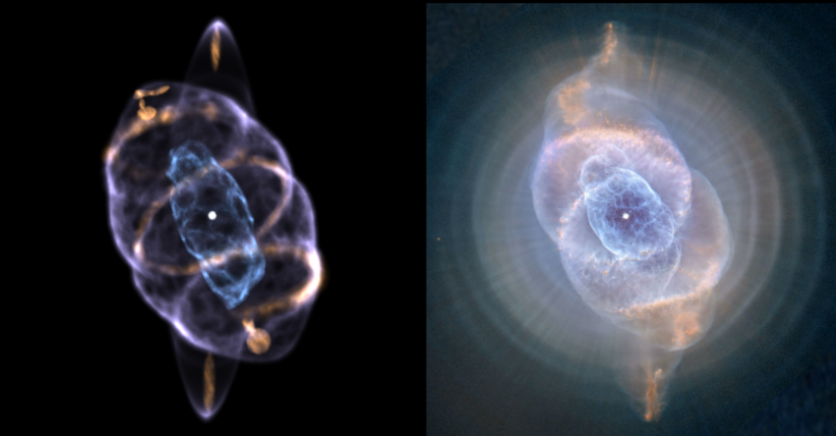The young star at the center of a freshly released Hubble Space Telescope photograph is surrounded by clouds in warm tines. Although the clouds appear to be dreamy, scientists have discovered this is a bustling region.
These cosmological elements comprise the stellar shroud known as IRAS 05506+2414. The photograph and a description of the chaotic and mysterious environment were released by the European Space Agency (ESA) on Sept. 19, as reported first by Space.com.

Explosive Event
To better comprehend the very beginnings of the lives of huge stars, researchers used Hubble's Wide Field Camera 3 to study a young stellar object located almost 9000 light-years away in the constellation Taurus.
It is believed that the IRAS 05506+2414 is an illustration of an explosive event brought on by the destruction of a large young star system. If so, it would be just the second known instance of its kind, according to ESA.
Since astronomers cannot determine the star's real distance from Earth from a single observation, researchers worked to determine a more exact distance for the object.
However, astronomers can determine additional information, such as the star's brightness, energy output, and mass, with a more precise distance available to them. All of this knowledge enables astronomers to make educated predictions regarding the source of the peculiar outflow from the young star.
ESA noted that twin outflows of gas and dust from a newborn star are typically formed by the spinning discs of material that surround it. However, in the instance of IRAS 05506+2414, a fan-shaped spray of material is spreading outward from the center of the image at speeds of up to 350 km/s.
As an outlier, IRAS 05506+2414 can aid astronomers in developing a thorough understanding of the early stages of the lifetimes of new stars, according to Space.com.
Double Stars in the Cat Eye Nebula
The first computer-generated three-dimensional model of the Cat's Eye Nebula was recently unveiled by a team of astronomers showing a pair of symmetric rings surrounding the nebula's outer shell.
According to a news release from the Royal Astronomical Society, there is strong evidence for the existence of a double star in the nebula's center due to the symmetry of the rings, which suggests that a precessing jet created them. The lead researcher of the study was Ryan Clairmont, a recent secondary school graduate.

The Cat's Eye Nebula, also known as NGC 6543, is one of the most intricate planetary nebulae out there. It is located in the constellation Draco and is a little over 3,000 light-years from Earth.
The Hubble Space Telescope has also captured high-resolution resolution images of the Cat's Eye Nebula, highlighting a complicated structure of knots, spherical shells, and arc-like filaments.
With the aid of these details and pictures taken by the Hubble Space Telescope, Clairmont created a unique 3D model that revealed rings of high-density gas encircling the Cat's Eye's exterior.
However, the results reveal that the rings are only partially complete, demonstrating that the precessing jet was only a transient event and never made a full 360-degree turn.
Related Article : NASA's Hubble Space Telescope Captures 'Butterfly Nebula' In Stunning Motion | Fun Facts About This Beautiful Space Butterfly
This article is owned by Tech Times
Written by Joaquin Victor Tacla
ⓒ 2025 TECHTIMES.com All rights reserved. Do not reproduce without permission.




